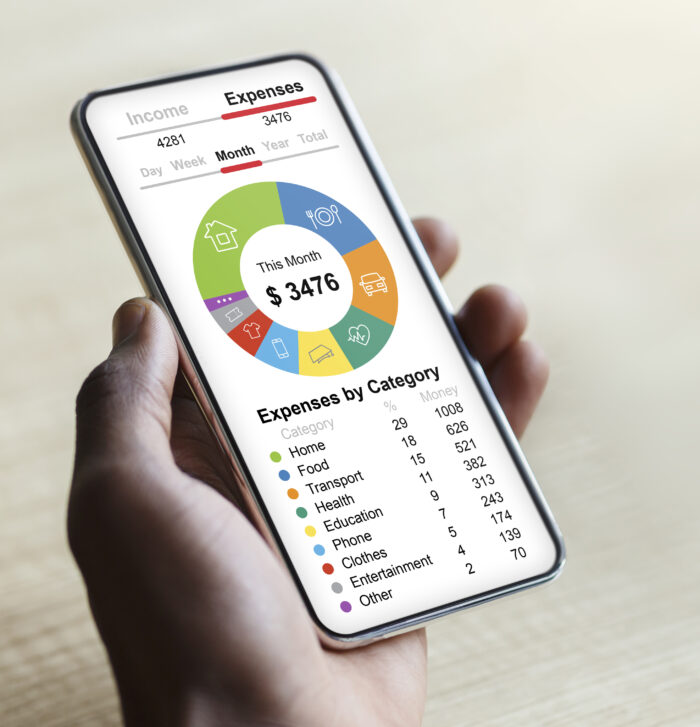
At River Valley Credit Union, we understand the importance of financial wellness and stability. Creating a budget is a fundamental step towards achieving your financial goals and securing your future. In this blog post, we’ll provide you with a comprehensive guide to creating a budget that works for you.
Step 1: Assess Your Income
The first step in creating a budget is to understand your income. Calculate your total monthly income, including wages, salary, freelance earnings, rental income, and any other sources of income you may have. Be sure to use your net income, i.e., the amount you take home after taxes and deductions.
Step 2: Track Your Expenses
Next, track your expenses for at least a month. This includes everything from fixed expenses like rent or mortgage payments, utilities, insurance, and loan payments to variable expenses like groceries, dining out, entertainment, and transportation. Use a budgeting app or spreadsheet to categorize your expenses accurately.
Step 3: Differentiate Between Needs and Wants
Now that you have a clear picture of your income and expenses, differentiate between needs and wants. Needs are essential expenses required for survival, such as housing, food, utilities, and transportation. Wants, on the other hand, are non-essential expenses like dining out, entertainment, and luxury items.
Step 4: Set Financial Goals
Based on your income, expenses, and the differentiation between needs and wants, set specific financial goals. These could include paying off debt, saving for emergencies, investing for retirement, or saving for a vacation. Setting clear and achievable goals will help you stay motivated and focused on your budgeting journey.
Step 5: Create a Budget
Using the information gathered in the previous steps, create a monthly budget. Allocate your income towards essential expenses first, ensuring that your needs are covered. Then, allocate funds towards your financial goals and discretionary spending (wants). Aim to allocate a portion of your income towards savings and investments to build wealth over time.
Step 6: Monitor and Adjust
Once you’ve created your budget, it’s essential to monitor your spending regularly. Review your budget weekly or monthly to track your progress and make adjustments as needed. If you find yourself overspending in certain categories, look for areas where you can cut back or reallocate funds to stay within your budget.
Step 7: Stay Disciplined and Flexible
Sticking to a budget requires discipline and flexibility. It’s essential to stay committed to your financial goals while also being flexible enough to adapt to unexpected expenses or changes in your financial situation. Remember, budgeting is a long-term process, and it’s okay to make adjustments along the way.
Creating a budget is a powerful tool for taking control of your finances and achieving your financial goals. By following the steps outlined, you can create a budget that works for you and sets you on the path to financial success. At River Valley Credit Union, we’re here to support you on your journey to financial wellness. Stay tuned for more tips and resources to help you master your finances!
OpenAI. (2024). ChatGPT (3.5)
